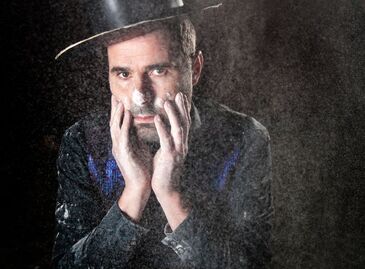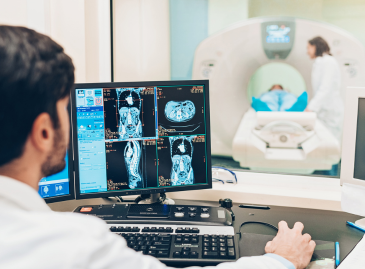
Gynecomastia (Male breasts): Causes, Symptoms, Surgery
Gynecomastia is an increase in breast gland tissue in boys or men. An imbalance of the hormones estrogen and testosterone causes it. Gynecomastia can affect one or both breasts, sometimes unevenly. Newborns, boys going through puberty, and older men may develop gynecomastia as a result of regular changes in hormone levels, though other causes also exist. Generally, gynecomastia isn't a severe problem. But it can be challenging to cope with the condition. Men and boys with gynecomastia sometimes have pain in their breasts. It might also be a reason for embarrassment. Gynecomastia may go away on its own. If it does not, medication or surgery may help.
Symptoms of Gynecomastia
Most men with gynecomastia report no loud symptoms. Signs and symptoms of the condition may include:
- Pain, particularly in adolescents
- Swollen breast tissue
- Breast tenderness
- Nipple sensitivity with rubbing against clothes
Causes of Gynecomastia
In most of the cases, no apparent reason is found. However, certain factors can increase the chances of gynecomastia. Due to rising cases of obesity, increased use of anabolic steroids, and environmental pollution with estrogen-like substances, the number of patients with gynecomastia is growing.
It is usually caused by an increase in the ratio of estrogens (female hormone) to testosterone (male hormone). Estrogen, the "female" hormone, makes breast tissue grow. Meanwhile, testosterone, the "male" hormone, has opposite effects on breast tissue (it stops estrogen from causing breast tissue to grow).
When to go to a doctor
You should see a doctor if you have one or all of the following symptoms-
- Swelling
- Pain or tenderness
- Nipple discharge in one or both breasts
Who is a candidate for gynecomastia surgery?
- Men whose condition cannot be corrected through alternative medical treatments
- Healthy individuals who do not have a life-threatening illness or medical conditions that can create a problem in healing
- Nonsmokers and non-drug users
- Men with a positive outlook and specific goals in mind for improving the physical symptoms of gynecomastia
- Those who are physically healthy and of average weight
- Men whose breast development has become stable
- Those who are bothered by the feeling that their breasts are too large
The four stages of gynecomastia
- Slight enlargement, but without excess skin over the chest
- Moderate enlargement, but without excess skin over the chest
- Mild enlargement with extra skin over the chest
- Marked enlargement with extra skin over the chest
The course of treatment
When opting for treatment for gynecomastia, your surgeon will-
- Evaluate your general health status and any pre-existing health conditions or risk factors
- Perform testing to determine the underlying cause of gynecomastia; this may include testing your endocrine function
- Examine your breasts and take detailed measurements of their size and shape, skin quality, and placement of your nipples and areolas
- Take photographs for your medical records
- Discuss your options
- Recommend a course of treatment
- Discuss likely outcomes of gynecomastia correction and any risks or complications.
- Discuss the use of anaesthesia during your procedure
Recovery
The recovery process from Gynecomastia surgery (male breast reduction/lift) can vary significantly from individual to individual. Each patient is unique regarding their body's natural recovery response and pain tolerance. The type of surgical technique used, and the amount of excess tissue that needs to be removed will also affect recovery time. With that said, the typical recovery time for gynecomastia surgery is 4-6 weeks.
Most patients will experience moderate pain following their procedure. Especially within the first 2-3 days following the surgery. Pain severity will differ based on each man's pain tolerance and the extent of the surgery. Pain can be managed through medications.
Scarring along the incision areas is possible depending on the surgical technique and the extent of tissue being worked on. However, a skilled plastic surgeon will place the incision in low-visibility areas. Additionally, treating the area with topical scar-lightening creams can help heal and minimize the appearance of scarring. Other laser-based scar treatments are available to address more significant, visible scars.
Gynecomastia Price Turkey






